Special Edition is a term referring either to the most exclusive mass-produced cars or a failing family saloon decorated with various decals and given a cheap radio so that it will leave the showroom at warp speed. Not that any of our magnificent seven here from the BMC/British Leyland/Austin Rover empire could ever be described as belonging to the former category…
1961 Minor Million

On December 22, 1960 the millionth Morris Minor left the Cowley production lines and a proud British Motor Corporation launched a competition aimed at discovering the oldest surviving example. After trawling through more than 600 entries BMC announced its winner, a 1948 Minor owned by Cyril Swift of Sheffield (it now lives at Gaydon). In exchange for his 12-year-old car BMC gave Cyril its latest and most exclusive Minor – designed to celebrate the model’s million milestone, it was also the corporation’s first ever special edition. If the white leather upholstery and black carpets failed to alert motorists to its exclusive nature, the chrome rimbellishers, boot-mounted ‘Million’ badge and lilac coachwork certainly would. Mind you, that lilac paint was a bit of an afterthought – BMC wanted to use metallic silver but the man in charge of paint said he couldn’t guarantee that would last for more than six months.
The Minor Million debuted on January 4, 1961. BMC made 350 of them – 320 right-hand drive cars, 20 for the USA and ten for European markets – and aimed to put one in all its showrooms. Each Million came with a booklet detailing the Minor’s history, but there was no official factory brochure for the car; much of the promotion was down to the entrepreneurship of individual dealers.
The Minor Million is possibly the best example of a limited edition celebrating a specific model. It was also a good way of marketing the standard Minor; the Austin A40, its in-house rival, had contemporary Farina styling and the Ford Anglia 105E boasted transatlantic fins, but the Minor Million’s exuberant paint finish demonstrated the model still had an enduring appeal to suburbia. Here was a Morris more than at home in a new decade of bright Formica coffee bars than the austere, grey, immediate postwar Britain in which it had been born.
The Minor was the first British car to sell a million and it had played a major role in the company’s success, so the Million is the special edition at its most triumphant – even if you do wonder how well Cyril’s new lilac-hued example was received in early-1960s Sheffield.
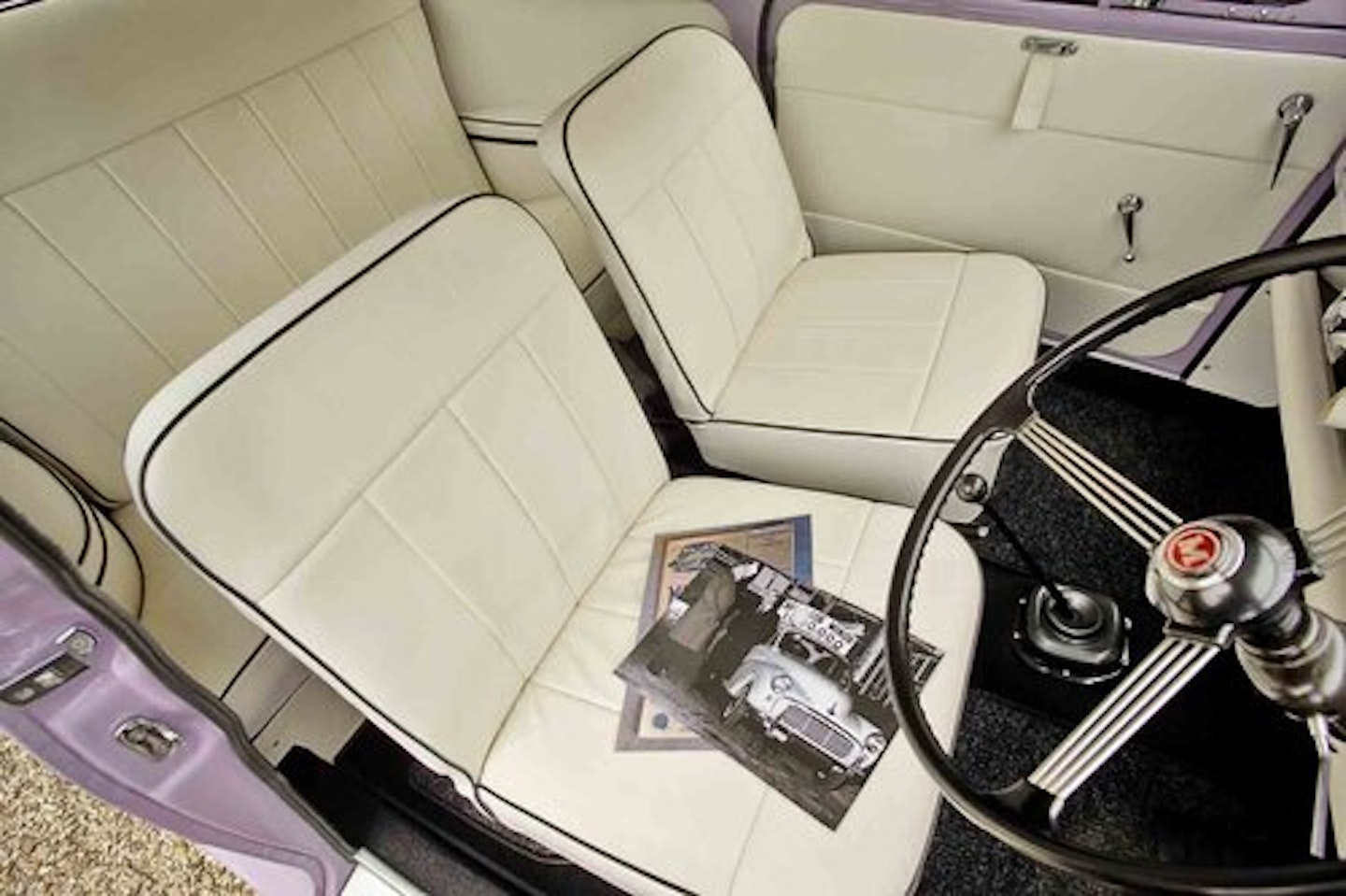
1975 MGB Jubilee
The year 1975 was not a good time for British Leyland – which was essentially taken into state ownership that year – and it was especially challenging for MG. The MGB was overshadowed by the new Triumph TR7, while Abingdon’s traditional markets were under siege from the Datsun 240Z and the Fiat X1/9.

Yet the MGB Jubilee turned out to be a genuinely tasteful celebration of the Octagon marque. The model was announced in 1974 to mark 50 years of MG, though production did not start until 1975. The Jubilee was based on the MGB GT – only one Jubilee roadster was made – and 750 were built, with around 300 remaining in the home market and the rest going to the USA. The engine was the standard 1.8-litre unit, apart from one V8 version built for the managing director of the British School of Motoring.
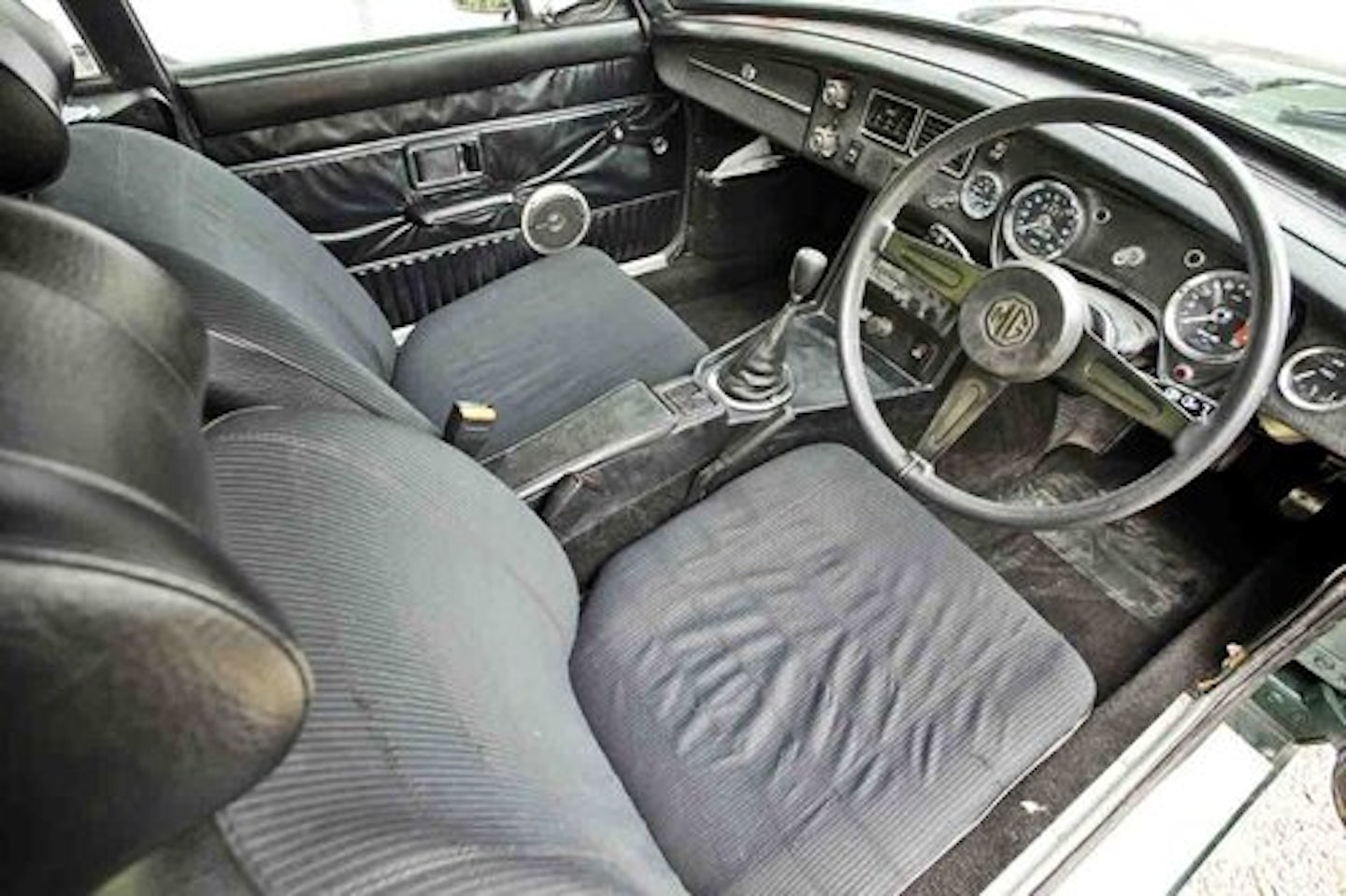
The Jubilee’s gold decals accentuate the coupe’s well-proportioned styling and blend well with the bodywork’s British Racing Green paint. They also draw attention away from the rubber (Bayflex 90 polyurethane if you wan to be pedantic) bumpers that were introduced on the B in September 1974 to comply with proposed American legislation on low-speed impact protection. The equipment list included overdrive, satin black door mirrors, tinted glass, black cloth trim and a ‘Jubilee’ brass plaque in the glove box that could be embossed with the owner’s name. As an added mark of distinction, the Jubilee came with alloy wheels finished in black and gold (allegedly surplus from the MGB V8) and a larger three-spoke steering wheel.
The net result was, and remains, a GT tastefully laden with extra equipment as it celebrated achieving a graceful middle age. Marking MG’s 50th anniversary in this way helped draw attention away from the appalling publicity British Leyland was generating – PC readers of a certain age will recall just how bad it was – and it also reminded motorists of how enjoyable a car the MGB still was. Even after 13 years in production the standard GT conveyed an agreeable air of Leslie Phillips-style bounderism, so how could any young lady resist the lure of the gold decal? ‘Quite easily,’ was the usual reply, but the Jubilee remains a prime example of the B at its most decadent. Ding dong.
1978 Morris Marina LE
There’s a certain social code for wearing non-prescription shades at the wheel – it’s essential when driving a Lancia Flavia Coupe, but tragic if you’re piloting a Vauxhall Nova Merit. However, they’re a must in the Morris Marina LE if you don’t want to risk being dazzled by the Technicolor dream trim. Forget the other many and various bonuses of LE ownership – full-length sunroof, plastic wood dashboard, Oyster Gold paint and exciting decals – the brown, orange and cream upholstery alone was reason enough to buy.

Our test car was not the first Marina special edition – that distinction went to the 1973 Citron Yellow Jubilee. When the LE first bedazzled the public in April 1978, the Marina had established a niche for itself as deliberately ‘traditional’ transport, and British Leyland sold some 2050 examples of what now looks like rather a bargain. To a buyer of 37 years ago, the Marina offered simple – and, in LE form, very well appointed – motoring. And none of its Japanese rivals, such as the 810-series Datsun Bluebird, could offer such wonderful seats.
Naturally, exhilarating performance was never going to be on the menu – the 1.3 litre A-series engine would see to that. But when Vauxhall Cavalier drivers saw the twin spotlights in their rear view mirrors, at least they would know you weren’t driving a basic Marina 1300 De Luxe (also known as Social Death on Wheels). The front disc brakes and the front and rear anti-roll bars fitted to the range from 1975 meant your LE would have better road manners than an early 1.8 TC. Another sales factor was its looks; despite the still persistent myth that the name ‘Marina’ is a by-word for ugliness, Roy Haynes’ styling is extremely well balanced and the LE’s coachwork has dated rather better than the lines of Ford’s Cortina MkIII.
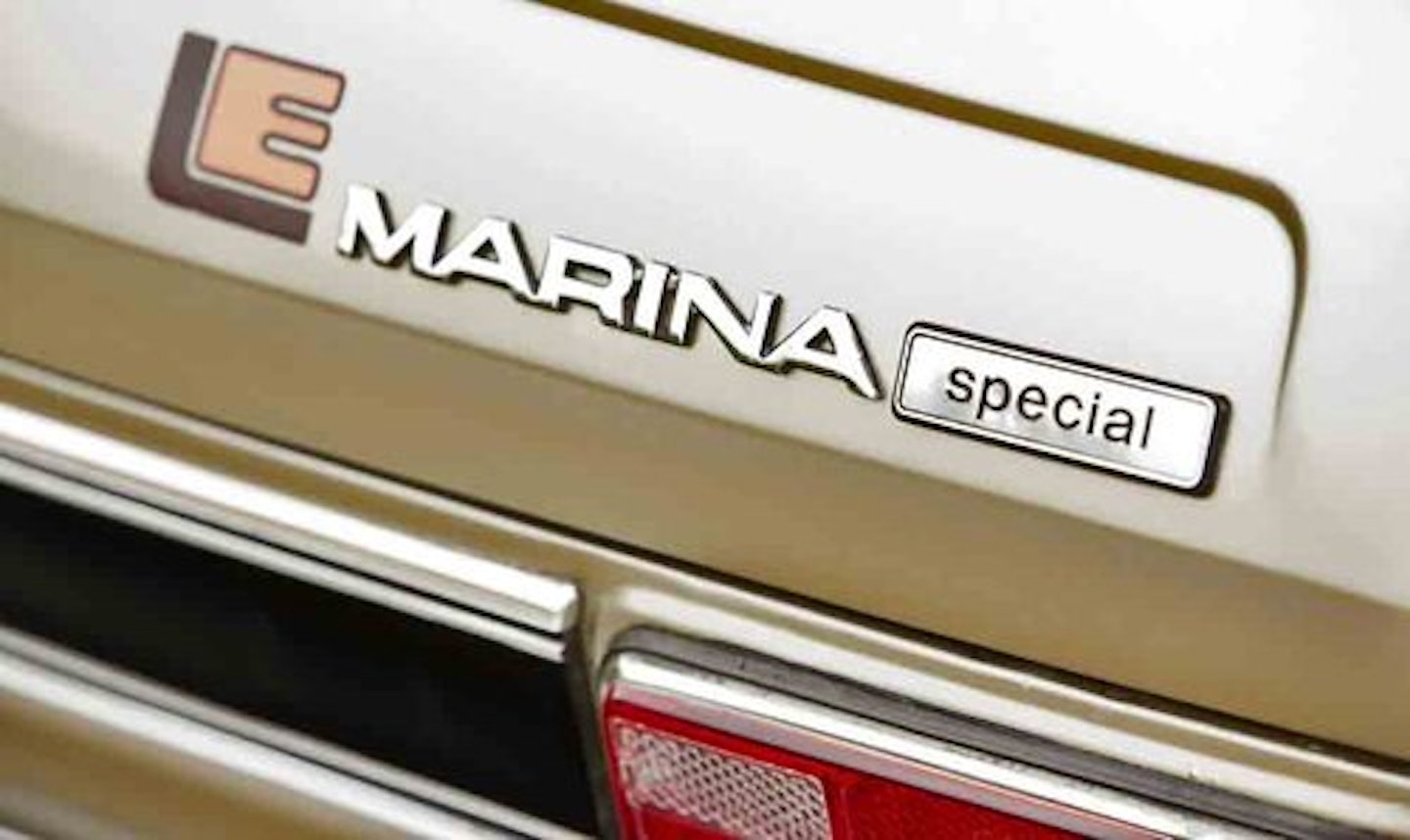
Typical owners would be a southern counties junior motor trader making his way up the promotional ladder, or the principal characters of Thames Television sitcom George and Mildred. Yes, as soon as Mildred Roper saw that seat trim, George would be dispatched to the Labour Exchange once again, in the hope of getting a more worthwhile job so he could buy one. The Marina LE is a car that deserves to be parked outside an ‘executive villa’ decorated with fake horse brasses. It is1970s suburban transport par excellence.

1979 Austin Allegro Equipe
There are the fog lamps mounted in a matt black spoiler. There are the alloy wheels. There is dogtooth check upholstery in soothing shades of black and brown. There is the metallic silver coachwork. And then there are the orange and red decals. But these are no ordinary ‘go faster’ stripes – these are ‘GO FASTER!’ stripes, designed to urge the sales rep behind the wheel ever onwards along the A303 to his next exciting appointment at a shoe shop in Yeovil followed, with luck, by taking the manager’s secretary to the finest dinner the local Golden Egg can provide.
The Allegro Equipe was meant to be British Leyland’s answer to the Alfasud Ti. The Austin was a two-door second-generation model with 1748cc engine and five-speed gearbox plus, of course, those stripes. It was also a way of gaining positive publicity – there had been too much of the opposite variety – ahead of the launch of the Series 3. The response from the automotive press of the day was not entirely negative, Motor noting that the Equipe had the best ride in its class and the 100mph top speed made it faster than the Ford Escort Ghia.
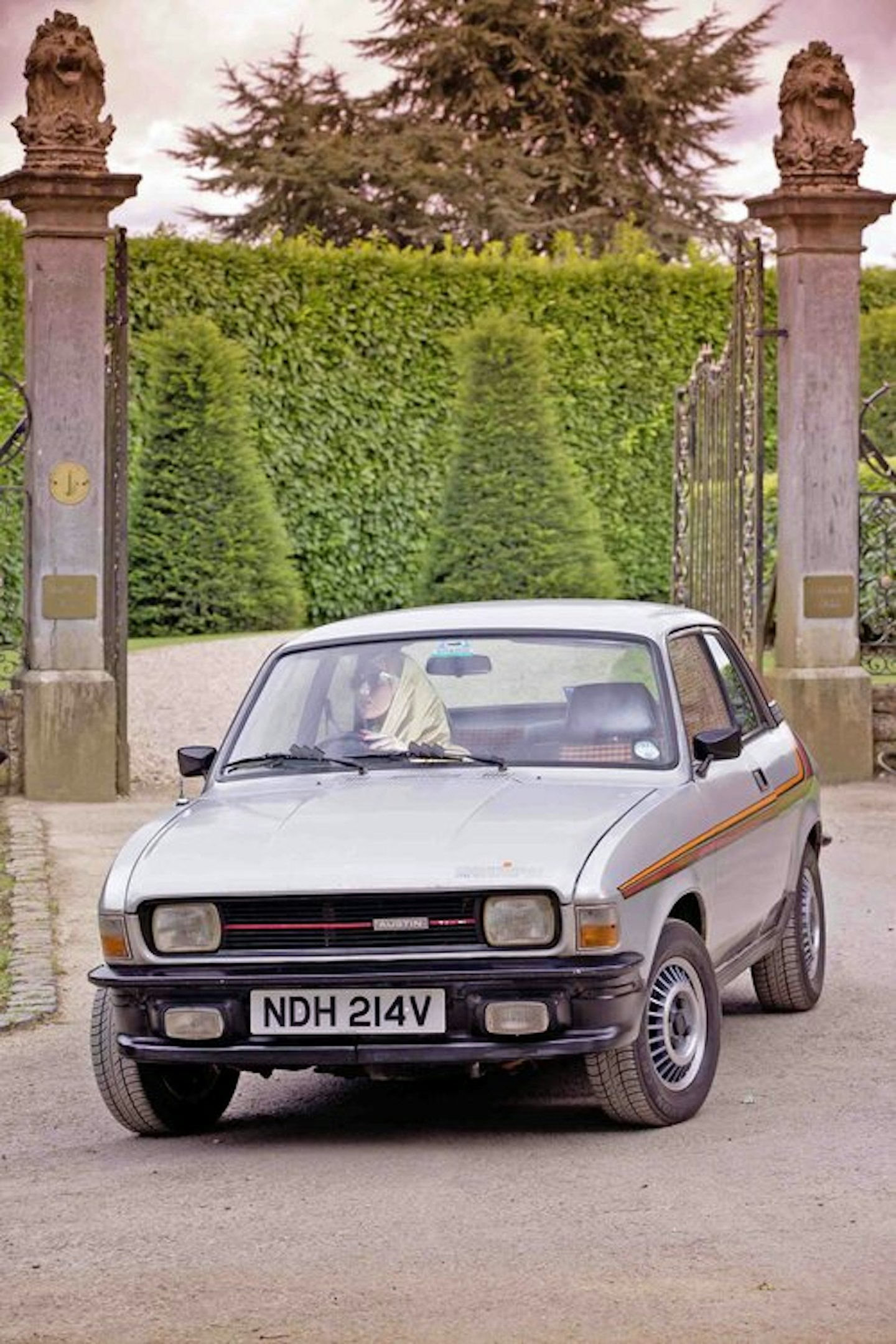
At £4360, the Allegro was more than £300 pricier than the Ti. But although their performance seemed similar on paper, the Equipe occupied an entirely different marketing niche. The car from Naples appealed to the sportsman who also needed space for his family and wasn’t bothered that after six months the car’s bodywork would have the consistency of blotting paper. The car from Longbridge was mainly about conspicuous consumption. In this regard the Allegro was a roaring success – gasp as you gaze upon the matt black instrument surround; thrill to the equipment list including a MW/LW radio and rear fog lamps; smile smugly as your Viva HC-owning neighbours gawp in amazement at the metallic silver magnificence that is the Equipe.
The year of the Equipe, 1979, was also when the first right-hand drive Golf GTIs arrived in the UK. But if they anticipated the coming decade of Gary Numan and home computers, the Equipe was the last defiant gasp of 1970s excess. The Allegro has all the subtlety of Rod Stewart in leopardskin hamming it up for a Christmas Top of the Pops and deserves to be celebrated as such. Even if the alloy wheels were rumoured to be porous.
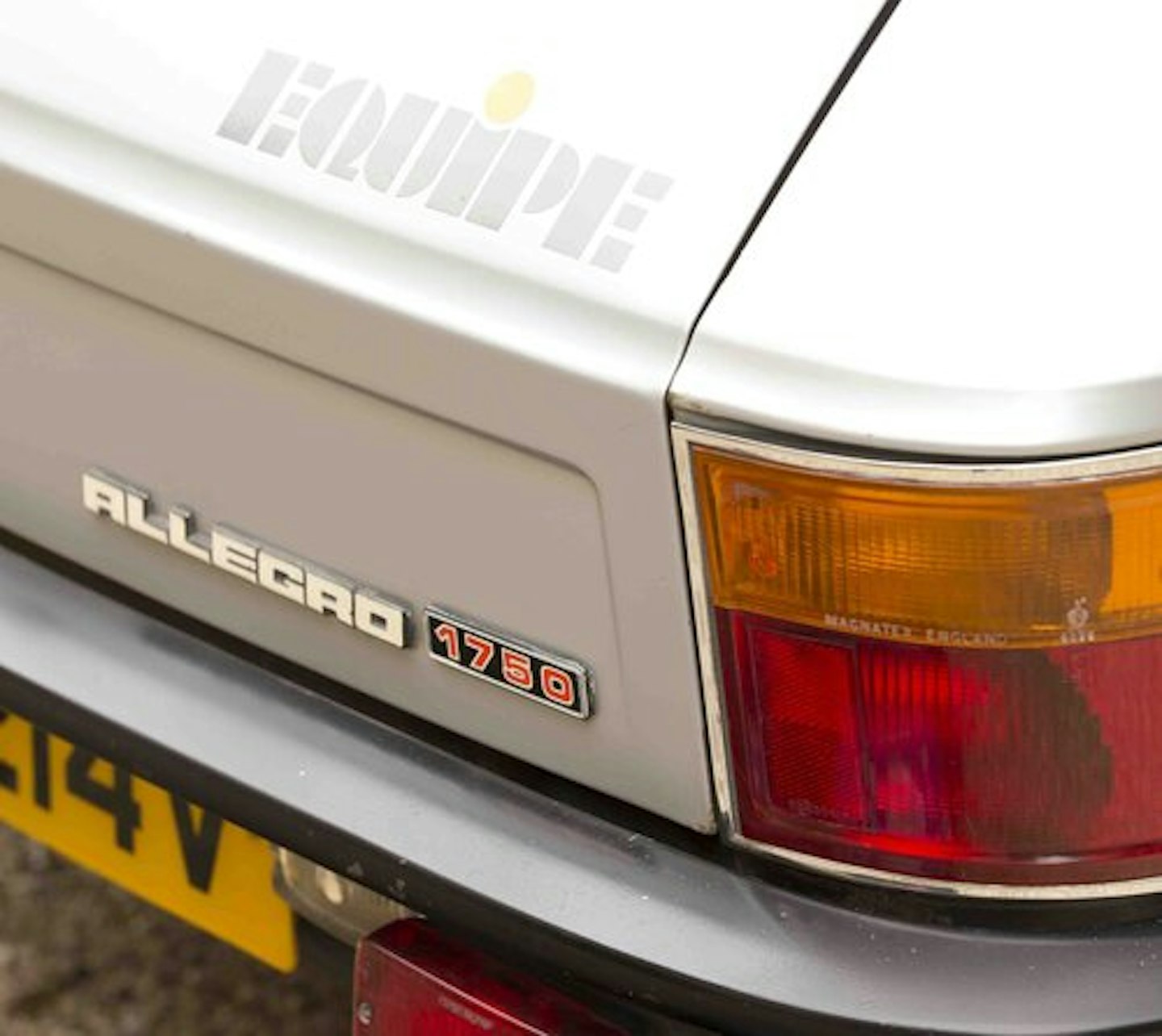
1980 Princess Club 100 Special
The year is 1980 and you are an Austin-Morris dealer principal attending a sales conference in glamorous downtown Birmingham. As the speakers drone on, the question burning on your mind is,‘Will I make it to the Club 100 this year?’ Because membership of the Club 100 showed you had joined the elite of the British Leyland sales force, and for Austin-Morris dealers there was the added inducement of a star car – the Princess Club 100 Special. When you pulled into the Little Chef car park there would surely be cries of amazement at the Pewter Metallic over Romano Purple coachwork, and reps driving Vauxhall Carlton GLs would gnash their teeth in envy.

The Princess is even more special than the other special cars featured here because it was a limited edition that was not available to the general public because it was a prize awarded to BL’s top 100 dealers. In the Jaguar-Rover-Triumph division the reward was a Rover SD1 3500 Vanden Plas, but Austin-Morris sales executives had to strive for the Club 100 Special. This was no ordinary 2200 HLS Automatic, however. Aside from a paint finish that makes a Vauxhall PA Cresta look understated – Romano Purple wasn’t a shade available on production cars at any time – there was a black coachline, wheels with 14-inch rimbellishers, an electric sunroof and painted rear three-quarter panels adorned with a Princess crown logo, instead of the usual all-enveloping vinyl. There were also electric windows, a radio-cassette player, seats trimmed in the finest Spanish Rose velour complemented by thick pile carpets that probably gave drivers the impression they were drowning in a vat of Ribena. The steering wheel was from the Allegro HLS, just to make the lucky dealer feel even more valued.
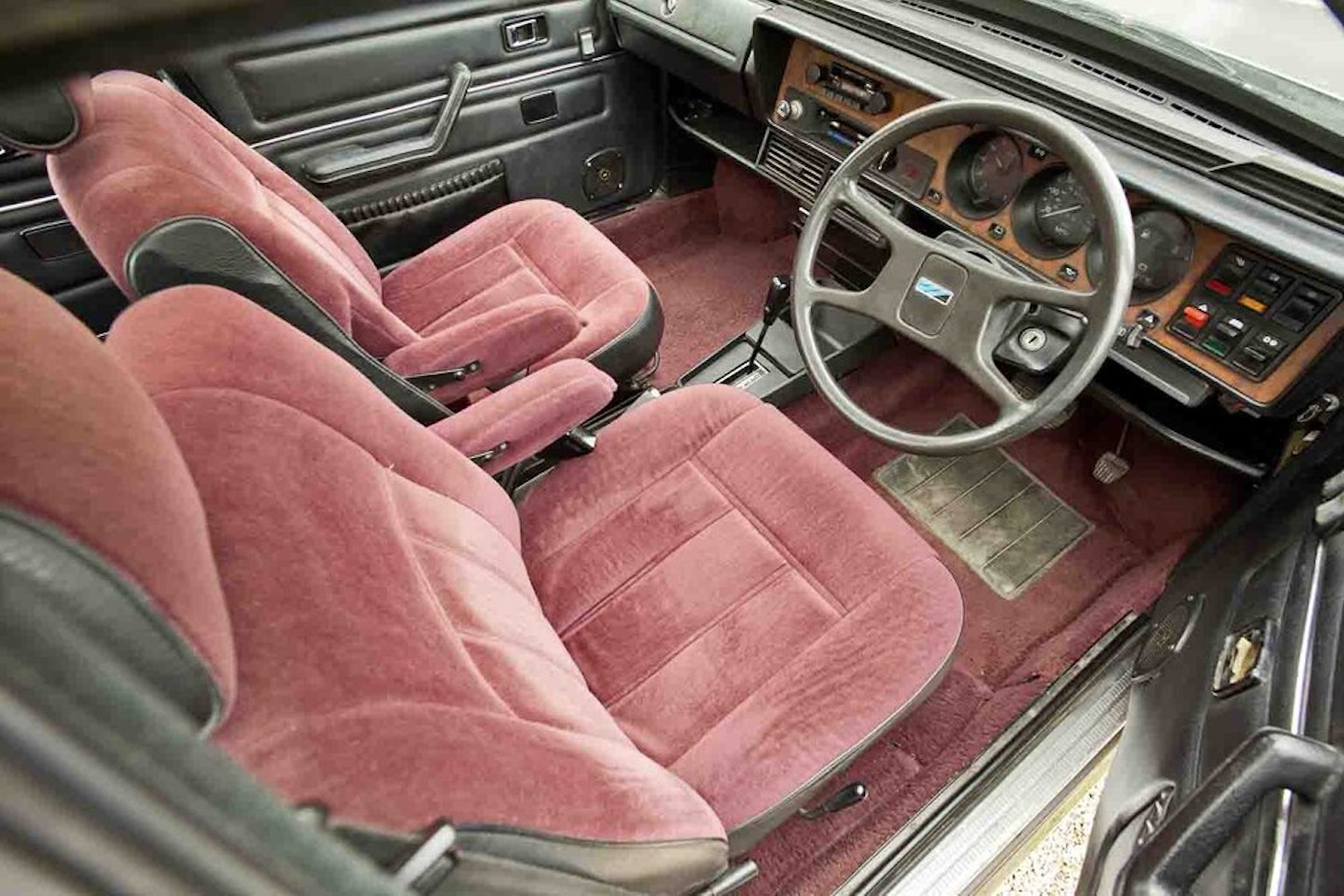
Just 87 Club 100s were awarded, but few survive – the Princess and Ambassador Owners Club believes four still exist. As a super executive treatment of the Wedge, the Special is far more convincing than the Ambassador Vanden Plas, but the overall effect is slightly poignant. The original Wolseley 2200 was seen by the motoring press of the day as a very fine car, but five years later the Club 100 looks like a desperate attempt to out-chintz the Ford Granada Ghia. Still, at least the winners were also given a special tie and briefcase as additional bonuses…
1984 Mini 25
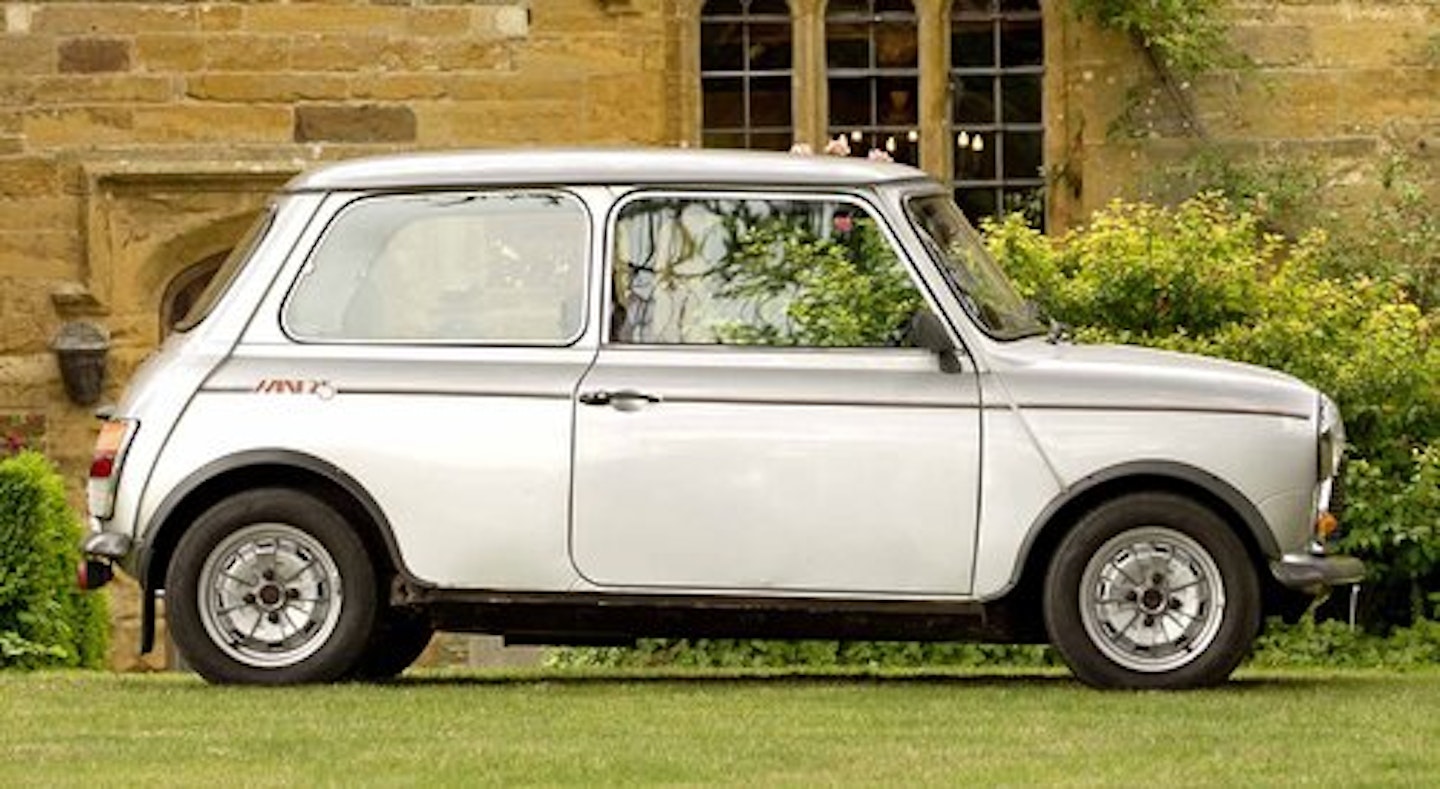
You’d have thought British Leyland would pull out all the stops for the Mini’s silver jubilee. After all, the 20th birthday 1100 Special was very elaborate, and brochures for the Mini 25 promised that ‘Austin Rover’s designers have really gone to town to create a really magnificent anniversary special’. In reality the 25 was a Mayfair given 12-inch wheels, front disc brakes, Silver Leaf metallic paint, tinted glass and red seatbelts and piping relieving a grey Flint Velvet-trimmed interior. But despite getting a radio-cassette fitted as standard, the net result remains as agreeable but underwhelming as a late-period Roger Moore Bond movie. For their £3865 buyers received not so much a major quarter-of-a-century celebration as a lightly modified low-key shopping car.
And by 1984 that’s what Mini 850s and 1000s had pretty much become – not so much transport for yuppies as rivals to bargain basement offerings such as the Citroen 2CV, Lada Riva and Vauxhall Chevette E. Austin-Rover’s marketing effort focused on its new generation of front-wheel drive cars and in the first half of the 1980s there were no major UK television advertising campaigns for the Mini. By the time of the 25’s debut the range had been truncated – the 1275GT and Clubman saloon had been replaced by the Metro in 1980 and the Clubman estate ceased production in 1982. It was not difficult to perceive that as Austin-Rover concentrated on its new generation of cars, the Issigonis masterpiece of 1959 was intended to fade gently away.
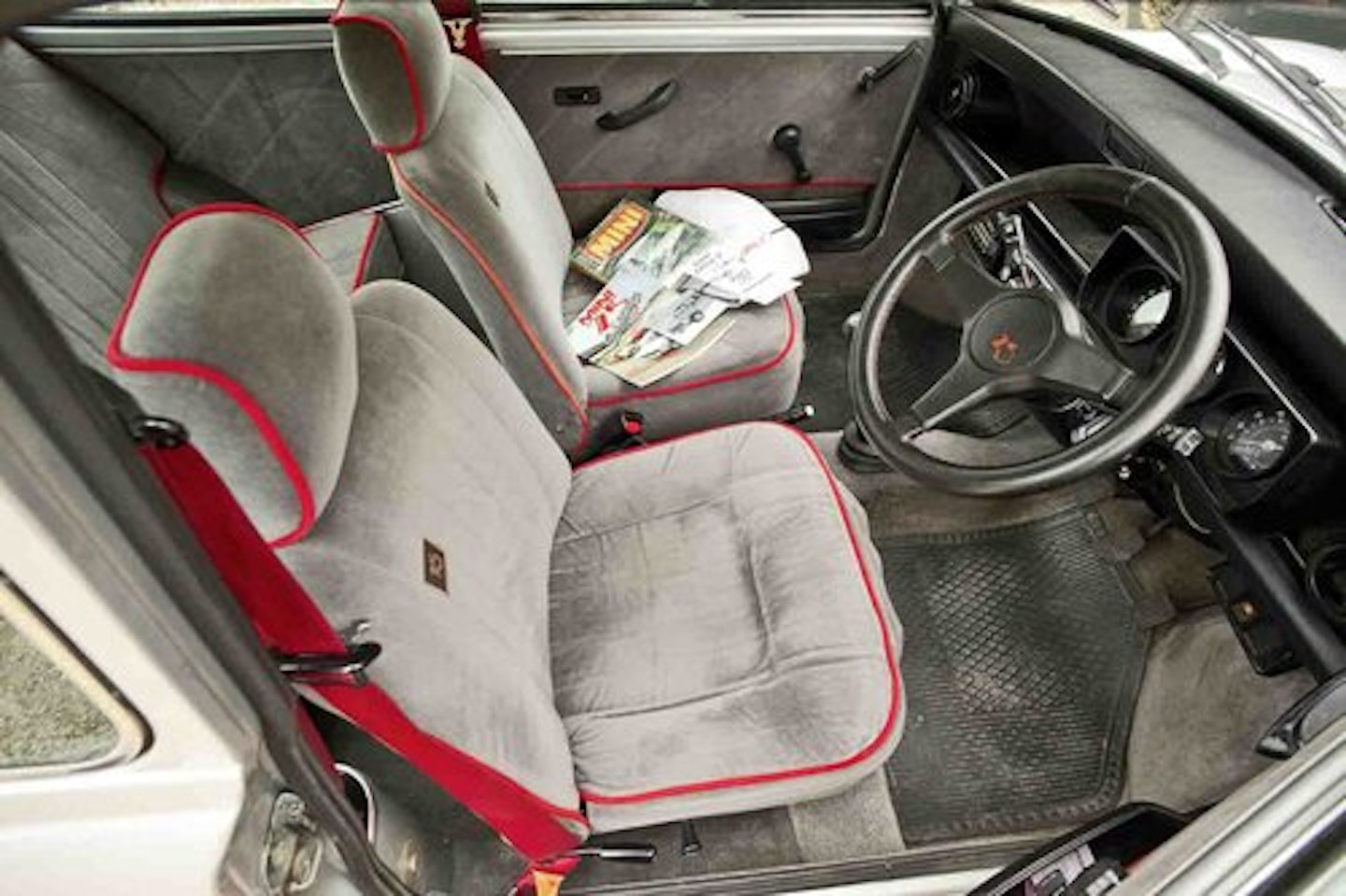
Then the arrival of Graham Day in 1986 as the Rover Group’s chief executive officer revitalised the Mini and that year saw press advertisements appear for the first time since 1980, followed by the feel-good ‘Minis have feelings too’ Christmas TV ad that helped to resurrect interest. The Mini would enjoy a new lease of life and while the Metro, in Rover 100 guise, ended production in 1998, Longbridge continued making the Mini until 2000. Few examples of the 3511 25s made still exist and our test car remains a fascinating example of how corporate politics might have caused the premature demise of one of those rare cars that genuinely deserve to be called an icon. Meanwhile, our lovely model was hoping that her polo-playing boyfriend was going to buy her a Golf GTI convertible for her birthday…

1988 Austin Metro Jet Black
‘Because nothing else will do. Because you have a love affair with black. It’s part of your style. As natural as the clothes you wear. So you want to drive a car as black as the ace of spades. With a red insignia like fire in the night.’ After reading this fevered PR copy, you might wonder what the car is – a Ferrari Testarossa? A Mercedes-Benz 560 SEL? Not quite. How about a 1988 Metro 1.0 or 1.3 City X decked out in black and fitted with cloth-trimmed head restraints, a twin-speaker radio, velvet upholstery decked out with red piping, and red front and rear seat belts to match your braces?
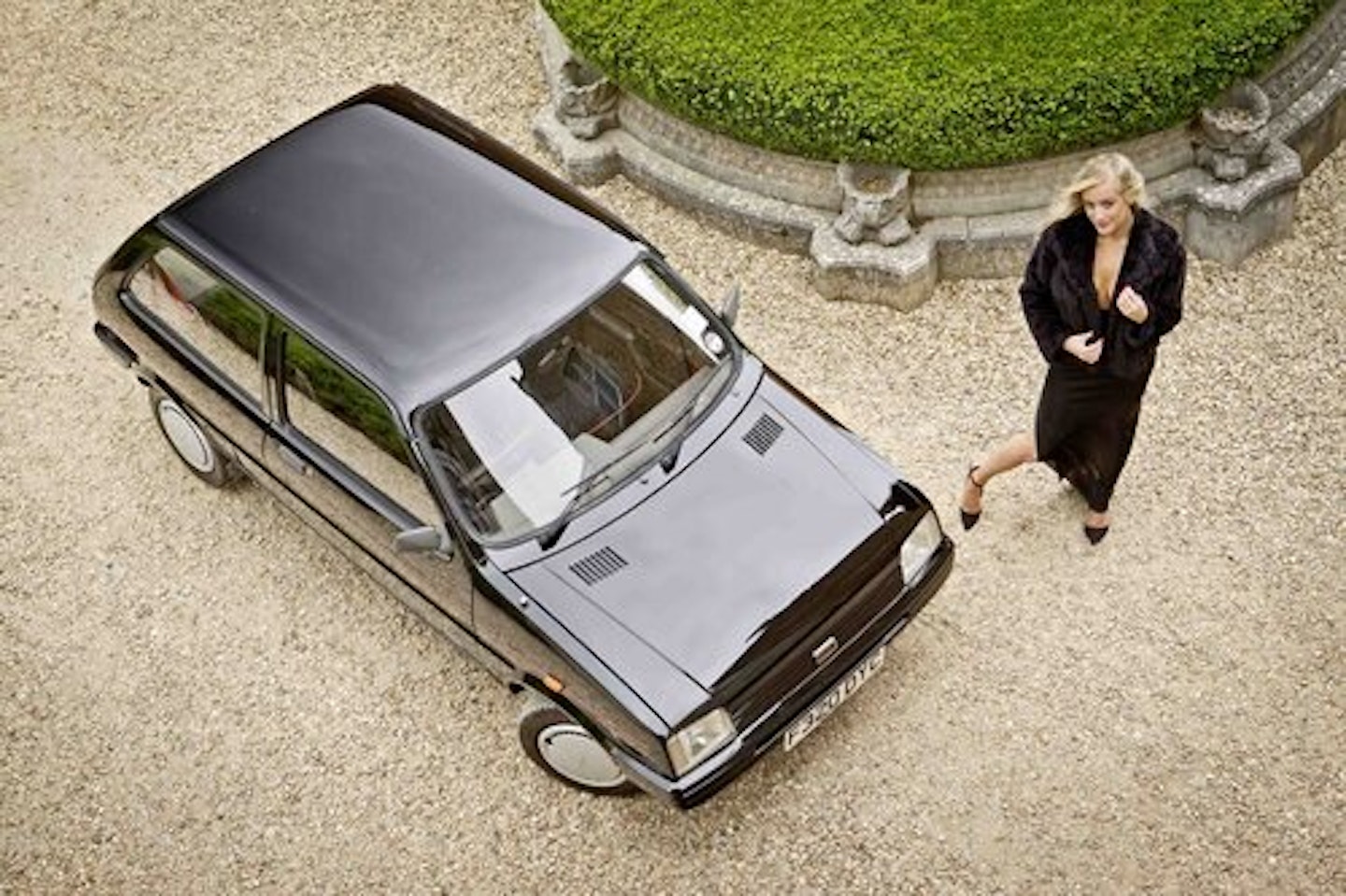
Actually, our car is fitted with the one-litre engine, so the overall effect is more like returning Mills & Boon novels to the local library before settling down for a nice cup of tea. However, the Jet Black’s overall look is priceless. Any Metro with a second rear fog lamp and Flint Grey door casings was bound to make you the envy of all, or at least that chap at No 67 who drove a Reliant Rebel. The Jet Black and its Red Hot stablemate (‘as bold as they come,’ apparently) were both introduced in September 1988. For £5698 you got the 1.0, while the 1.3 cost £300 more. A total of 3500 was made, all helping to maintain the Metro’s profile while its Rover-badged replacement was being developed.
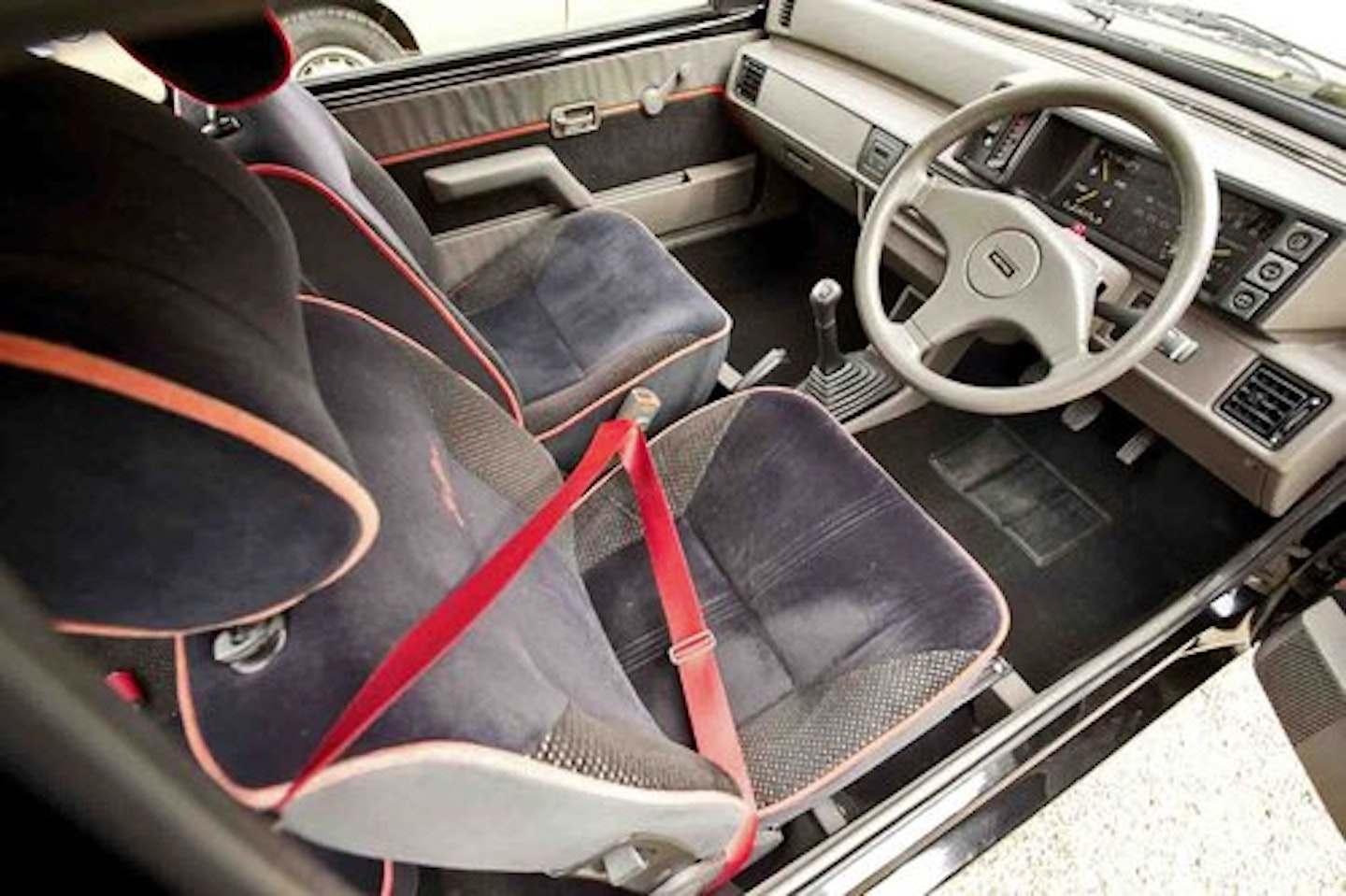
The Metro was a fine car in many ways, but it suffered from underdevelopment – the four-speed gearbox was anachronistic even in 1988 – and these special editions were intended to lend the car a vaguely trendy air. The Jet Black charmingly aspires to a near mythological London, even though it was almost certainly destined for a life in the provinces – but what is so much classic car ownership about if not dreams? In 1988 the reality may have been a Wimpey-built semi with an avocado bathroom suite, but the inference here is a car to drive to afternoon tea with Princess Diana. And all at a price ‘so special that it may remain among your dark secrets’. Cue the Pet Shop Boys and Dusty Springfield singing What Have I Done to Deserve This?
Our verdict
So – which is the most special of these seven specials? In fact they’re so special that one winner isn’t enough, so we’ve picked two. So take a bow, please, the Princess Club 100 for its decadent blackcurrant-shaded luxury, and the Marina LE for its sheer pizazz. Just wear sunglasses in case its stripes overwhelm you.

